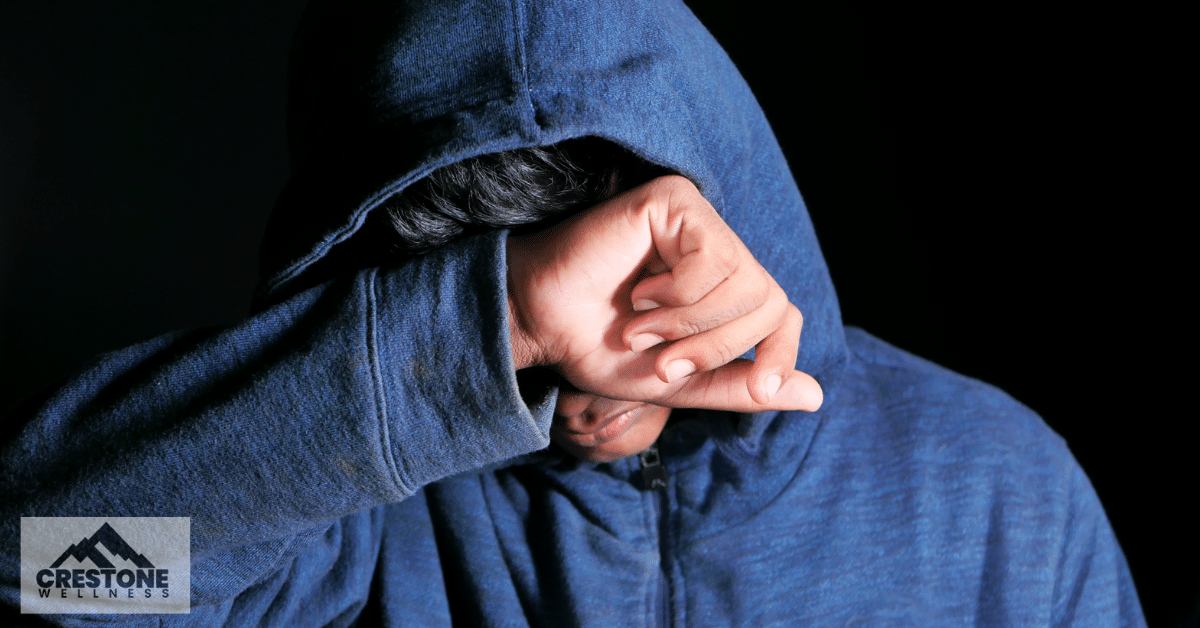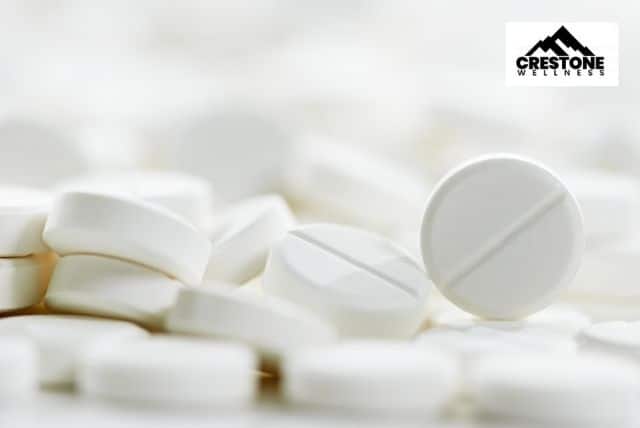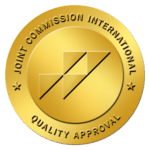Opioid addiction is a widespread problem affecting tens of thousands of people in the United States. A 2016 study indicated that 1,375 opiate-related deaths occurred in Texas alone, and there were more than 42,000 fatalities in the United States that were caused by opioid use disorder.
The truth is that opiate and opioid withdrawal symptoms can be severe, and attempting an opiate detox without the assistance of an experienced medical professional can lead to failure. Medical detox is the safest and most effective way to wean yourself off opiates.
Moreover, a medically assisted drug detox from opiates can help you rid your body of illicit or prescription opioids and is the first step in addiction treatment.
What Are Opiates?
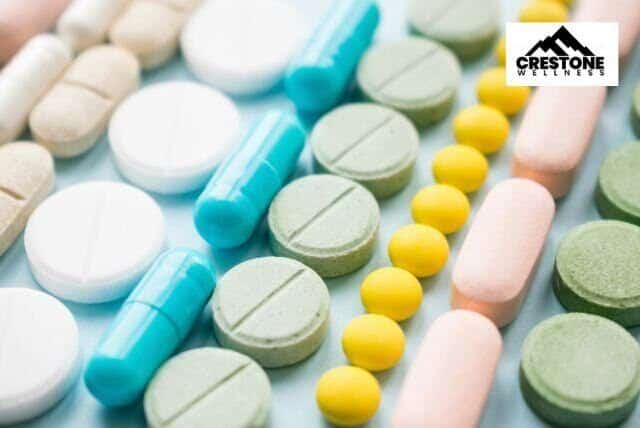
Opium, a component of the poppy plant, is the source of medical drugs called opiates. The opiate drug family, including natural, synthetic, and semi-synthetic opiates, are collectively referred to as “opioids.”
Opioids are a group of medications that includes illegal compounds such as heroin, and painkillers that physicians may prescribe, such as oxycodone, to relieve severe and/or chronic pain.
Even when used as directed, extended opioid use can cause addiction and dependence, leading to uncomfortable withdrawal symptoms when drug usage is discontinued.
How Does Opiate Addiction Affect the Brain?

A person may experience various effects after taking an opioid, including relaxation, drowsiness, and slowed respiration. Euphoria, or a burst of pleasure, is another familiar feeling many people find extremely rewarding when taking opioids.
These drugs interfere with the transmission of distress signals that travel between the brain and body by attaching to specific neural receptors, numbing the feeling of pain.
Opioids also stimulate the release of dopamine, a brain-signaling chemical that plays a significant role in rewarding and behavior-reinforcing activities. Dopamine release is linked to pleasure production, promoting drug abuse.
It tells your brain to repeat this behavior because it is pleasurable, leading to physical dependence and addiction.
What Causes Opiate and Opioid Withdrawal and Dependence?
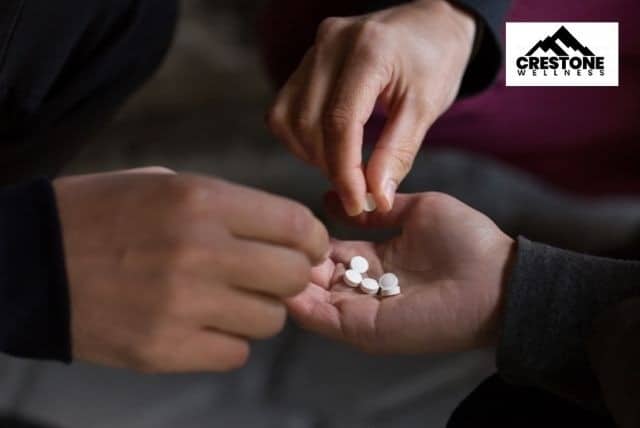
Opioids can safely and effectively alleviate pain caused by a surgical procedure when used as directed by a doctor.
On the other hand, using an opioid repeatedly might result in tolerance, which means that the person will require to take a higher dose of the medication to get the same effect.
As their tolerance to opiates increases, so does their dosage, and they eventually become physically dependent on the drug. Suppose an opioid user reduces their use or abruptly stops taking opiates. In that case, they will experience withdrawal symptoms.
This can lead to a vicious cycle where someone tries to reduce their usage or quit using. After they experience these unpleasant withdrawal symptoms, they start to use the drug again to alleviate these adverse effects.
Additionally, opioids can be harmful or fatal if taken in excess, as they cause tiredness, nausea, euphoria, and delayed respiration.
The Long-term Effects of Abusing Opioid Drugs

Substance abuse over a long period can have a devastating effect on the body. Here are some of the adverse health effects of opiate addiction:
- Restlessness
- Respiratory infections
- Heart problems
- Liver disease
- Pneumonia
- Coma
- Cirrhosis
- Seizures
Commonly Prescribed Opioids
Opioids are frequently administered to treat acute pain, such as discomfort, following dental surgery. However, they can also be administered for chronic pain brought on by illnesses such as cancer. The following prescribed opioids are often abused:
- Morphine
- Oxycodone (Percocet or OxyContin)
- Hydromorphone (Dilaudid)
- Oxymorphone (Opana)
- Fentanyl (Duragesic, Actiq, and Sublimaze)
- Codeine
- Tapentadol (Nucynta)
- Hydrocodone (Vicodin)
- Tramadol (Ultram)
- Meperidine (Demerol)
Opiate Withdrawal Symptoms

Opiate withdrawal symptoms are different from those of other drug addictions. The medically assisted detox typically lasts three to five days. Moreover, the early and late stages of withdrawal result in a number of physical symptoms. However, the psychological effects can last a long time.
Our trained team of professionals uses a focused strategy to reduce the discomfort associated with opioid withdrawal. Symptoms of withdrawal include:
- Muscle aches
- Vomiting
- Cold flashes
- Insomnia
- Tremors
- Abdominal pain
- Diarrhea
- Irritability
- Anxiety
What an Opiate Detox Can Do for You

If you have ever undergone an opioid detox, you will know how difficult it is. Although the detoxification process does not last very long, it is physically and mentally taxing enough that some find it difficult to continue with it without assistance.
Suppose you decide to enroll in a medically assisted detox program. In that case, our team will do everything possible to make you feel comfortable. We will also ensure that you don’t revert to old ways and pave the way for further treatment.
How Long Does an Opioid Detox Take?
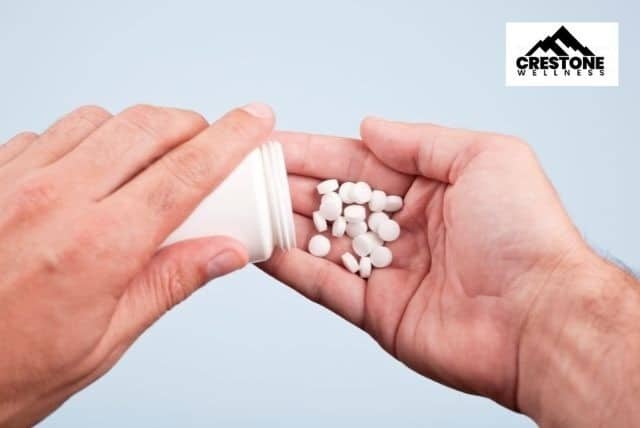
A common question among sufferers is, “How long will a medically assisted detox take?” The truth is that opiate detox does not have a predetermined timeline. Each person experiences symptoms in slightly different ways.
A few rules can help them know what to anticipate. After the final dose, the first signs of withdrawal appear six to twelve hours later. If someone uses long-lasting opiates, it may take up to 30 hours before withdrawal symptoms occur.
Participants report that their withdrawal symptoms peak at roughly 72 hours in either case. The urges for the drug then gradually start to ease after this. Sometimes, even after the last dose, the effects can linger for weeks or even months. Fortunately, they’re usually not too severe.
Detox Versus Medically Assisted Detox

Conventional and medically assisted detox are options available to sufferers when selecting an opiate addiction treatment program.
They receive supervision in a regulated setting during standard detox. It reduces the likelihood of relapse and encourages patients to seek additional treatment.
However, medically assisted detox uses drugs to lessen the discomfort of the associated withdrawal symptoms.
While not all drugs need medically assisted detoxification, opiate withdrawal symptoms can occasionally be severe and may require this treatment. Medically assisted detox can lessen the severity of symptoms and lower the likelihood of relapse.
Can the Withdrawal Process Cause Death?
Opioid withdrawal effects are rarely fatal, even though they can be exceedingly unpleasant. Health issues brought on by the usage of injectable drugs or issues originating from prior medical disorders can occasionally become life-threatening.
Those who resume opiate usage after abstinence is at higher risk of overdosing. Having persistent diarrhea and vomiting can lead to dehydration and heart failure in anyone attempting an at-home opioid detox without medical supervision.
Opioid Treatment Options

Dealing with substance abuse can be challenging, and abstaining can be even more complicated. You’ll have the option of receiving medical treatment along with your opiate addiction detox and rehabilitation options at a licensed opiate detox center.
Withdrawal Medication
Methadone and buprenorphine can be used to treat severe withdrawal symptoms and reduce cravings.
To effectively manage cravings and lower the risk of overdose, buprenorphine, methadone, and suboxone—a blend of naloxone and buprenorphine—can be taken long-term. Other drugs can be used to treat symptoms such as diarrhea and vomiting.
It’s essential to remember that withdrawal from opioids and receiving a prescription for a drug to treat opioid dependence may only be the beginning of the road to recovery.
While some people may benefit from medically supervised detoxification as a stepping stone to successful, long-term addiction treatment, detox alone seldom enables addicts to achieve sustained abstinence. Therefore, it is vital to support those receiving treatment for opiate use disorder that involves medications, therapy, and counseling.
Rehabilitation
Receiving therapy and counseling can help to ensure your long-term success. At Crestone Detox, we have a professional, trained team of medical professionals that offer the therapy, counseling, and aftercare required to maintain long-term freedom from opiates and other narcotics.
Effective Detox Program at Crestone Detox: Take Back Your Life!
The truth is that overcoming opiate addiction is hard work. Because of its effect on the mind and body, it can be challenging to stop using without the support of an opiate detox center. We provide holistic solutions for those suffering from opiate addiction and offer unbiased evaluations.
You’ll get the help and care you need to overcome your substance abuse and join thousands who have found relief and made a full recovery.
To


